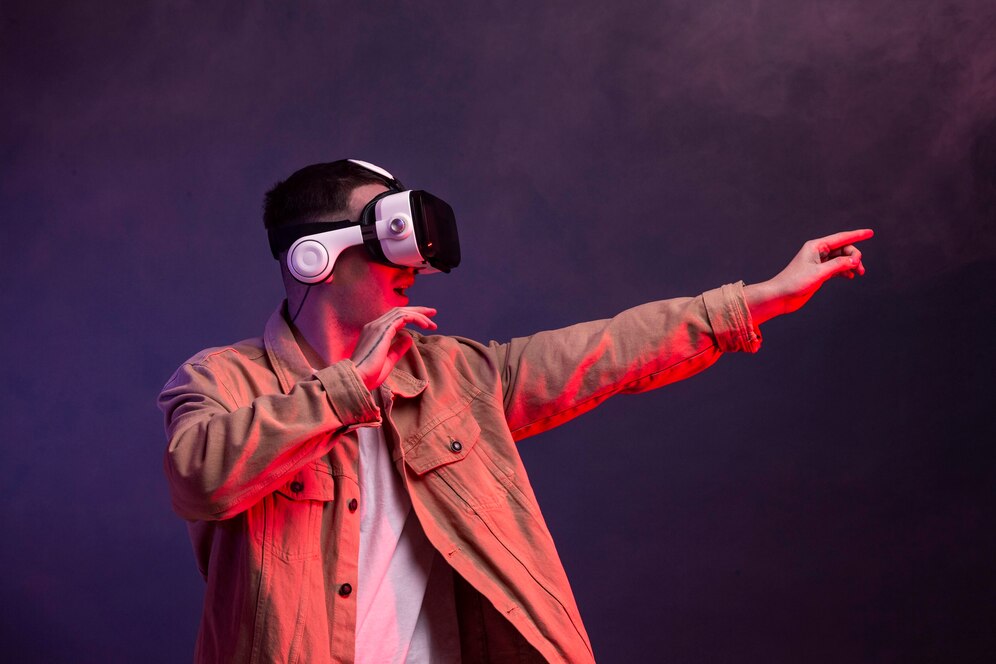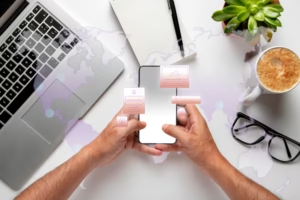Exploring the Future with Virtual Reality Previews: Immersive Tech at Work
Discover how virtual reality previews are revolutionizing industries by offering immersive experiences before a product or space is created.
Step into the future—before it’s even built.
Imagine walking through a luxury apartment before a single brick is laid. Or test-driving a car that hasn’t hit the production line. Virtual reality (VR) previews are turning imagination into immersive reality, changing the way we design, build, and experience everything from products to entire environments.
Once reserved for sci-fi films and gaming enthusiasts, virtual reality now plays a crucial role in industries such as real estate, retail, automotive, healthcare, and tourism.
By offering a fully immersive preview of concepts, products, or locations, businesses can provide customers with experiences that go far beyond static images and 2D screens.
In this article, we’ll explore how virtual reality previews are transforming the way we plan, present, and perceive the world—one headset at a time.

Seeing Before Building: The Rise of VR Previews
Virtual reality previews are simulated experiences that allow users to explore a digital representation of a product, space, or service before it exists in the real world.
Unlike traditional renderings or mockups, VR previews create a lifelike, 360-degree experience that users can interact with—adding depth, motion, and engagement to the decision-making process.
For industries like real estate, VR is already a game-changer. Instead of relying on blueprints or digital floor plans, developers can offer potential buyers a guided tour of an apartment or office space before construction begins.
Buyers can walk around, change the wall colors, or view how natural light falls in different rooms—making it easier to imagine themselves in the space.
Retail and e-commerce are also jumping on board. Major fashion brands and furniture retailers are using VR to let customers preview how clothing fits or how a sofa looks in their living room. It’s a new layer of personalization that enhances the customer journey while reducing returns and increasing satisfaction.
Real-Time Feedback and Customization
One of the most powerful advantages of virtual reality previews is the ability to offer real-time feedback and customization.
Clients no longer have to wait days or weeks to see design changes—they can make adjustments on the spot.
Architects, product designers, and engineers can collaborate with stakeholders instantly, walking through different iterations of a space or item together.
In automotive design, for example, VR previews let engineers assess ergonomics, interior layouts, and aesthetic appeal before a prototype is ever built.
Similarly, surgeons can rehearse complex procedures in a simulated version of the human body, improving accuracy and outcomes.
This instant adaptability makes VR previews not only a visual tool but also a practical solution that improves collaboration, speeds up approvals, and saves money by avoiding costly redesigns.
Emotional Connection and Engagement
VR previews do more than simulate reality—they tap into emotion. When users put on a headset and enter a virtual environment, they feel like they’re really there.
This sense of presence helps businesses establish an emotional connection with clients, investors, and customers.
Tourism companies use VR to let travelers explore exotic destinations before booking a trip. Museums and galleries offer VR walkthroughs that expand accessibility.
And in education, students can explore historical sites or conduct scientific experiments in simulated environments—deepening their understanding through experiential learning.
By engaging sight, sound, and movement, VR previews create immersive storytelling moments that are not only memorable but also persuasive.
The Future of Virtual Reality Previews
As hardware becomes lighter, more affordable, and more powerful, the applications of VR previews will only grow.
Integration with artificial intelligence and augmented reality will add even more functionality, allowing for smarter, more interactive simulations.
In the near future, we could see virtual previews being used for job training, therapy, space exploration, and even social interaction. The potential is vast—and we’re just scratching the surface.
What’s clear is that virtual reality previews are no longer a novelty. They are a strategic tool that combines innovation with intuition, offering users a chance to experience the future before it happens.
Final Thoughts
Virtual reality previews represent a major shift in how we present ideas and plan for the future. They are immersive, efficient, emotionally compelling, and practical.
From helping customers choose a home to enabling doctors to save lives, this technology is redefining reality—one preview at a time.
The next time you put on a headset, remember: you’re not just seeing the future. You’re stepping into it.





